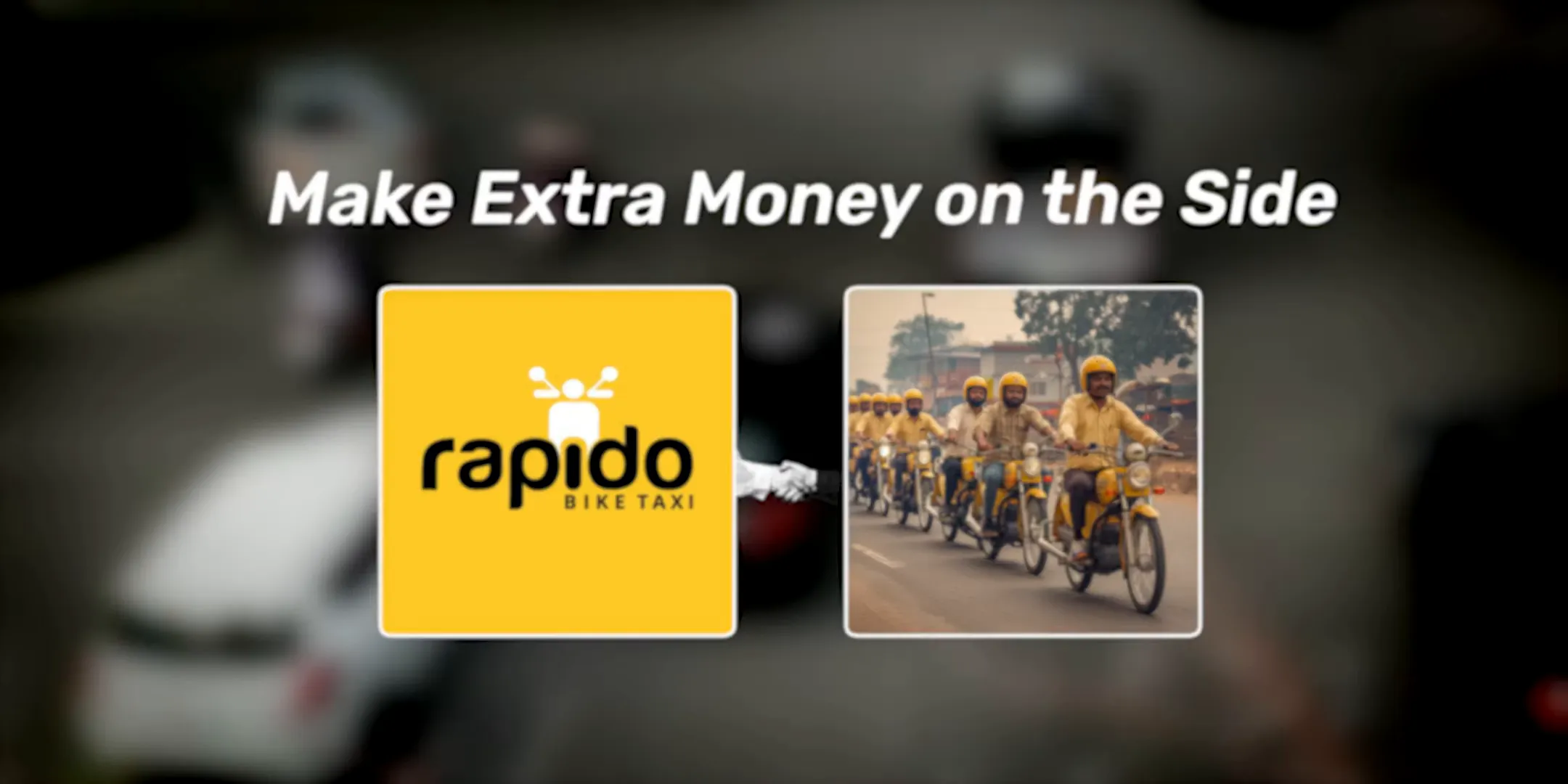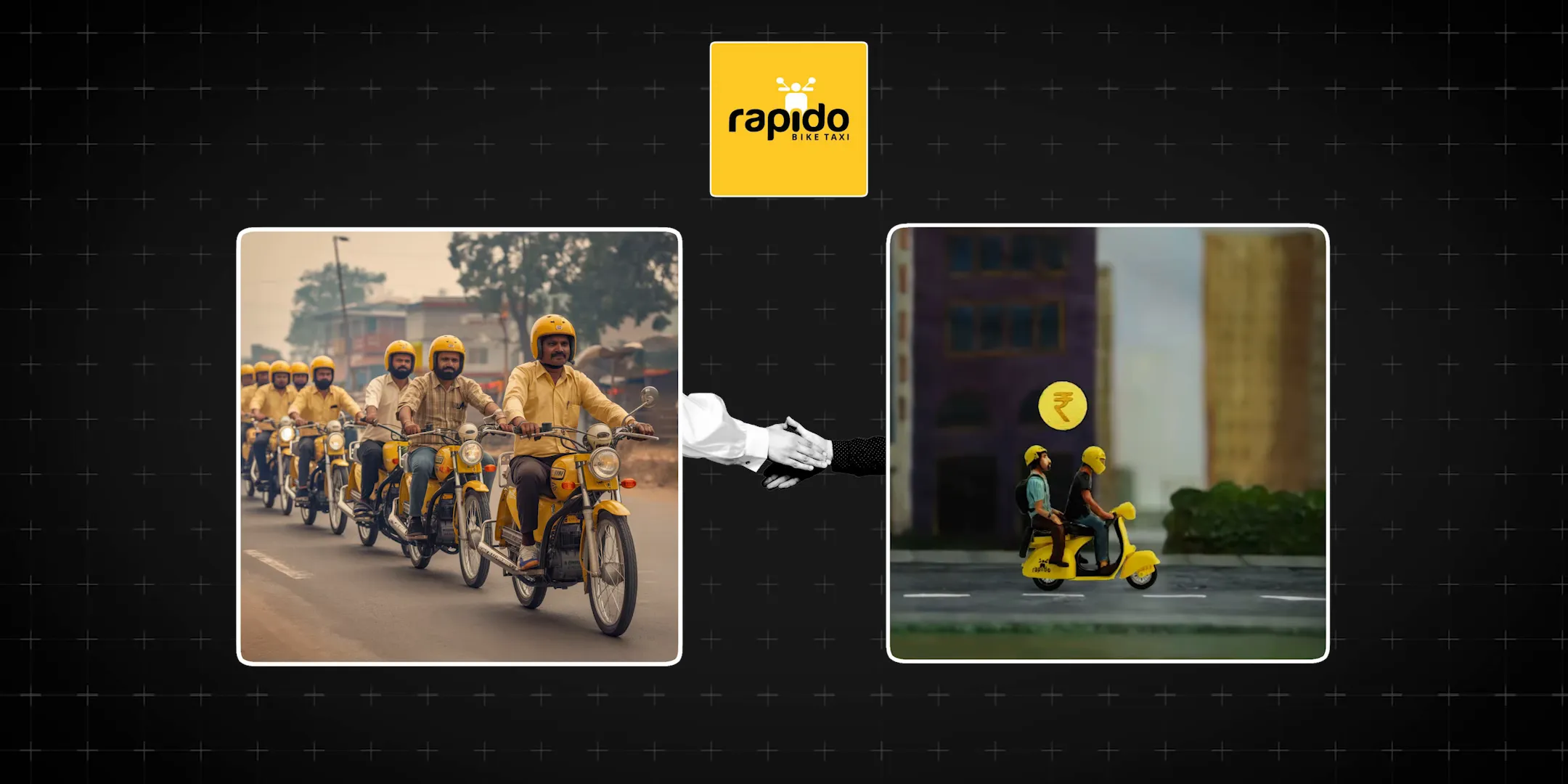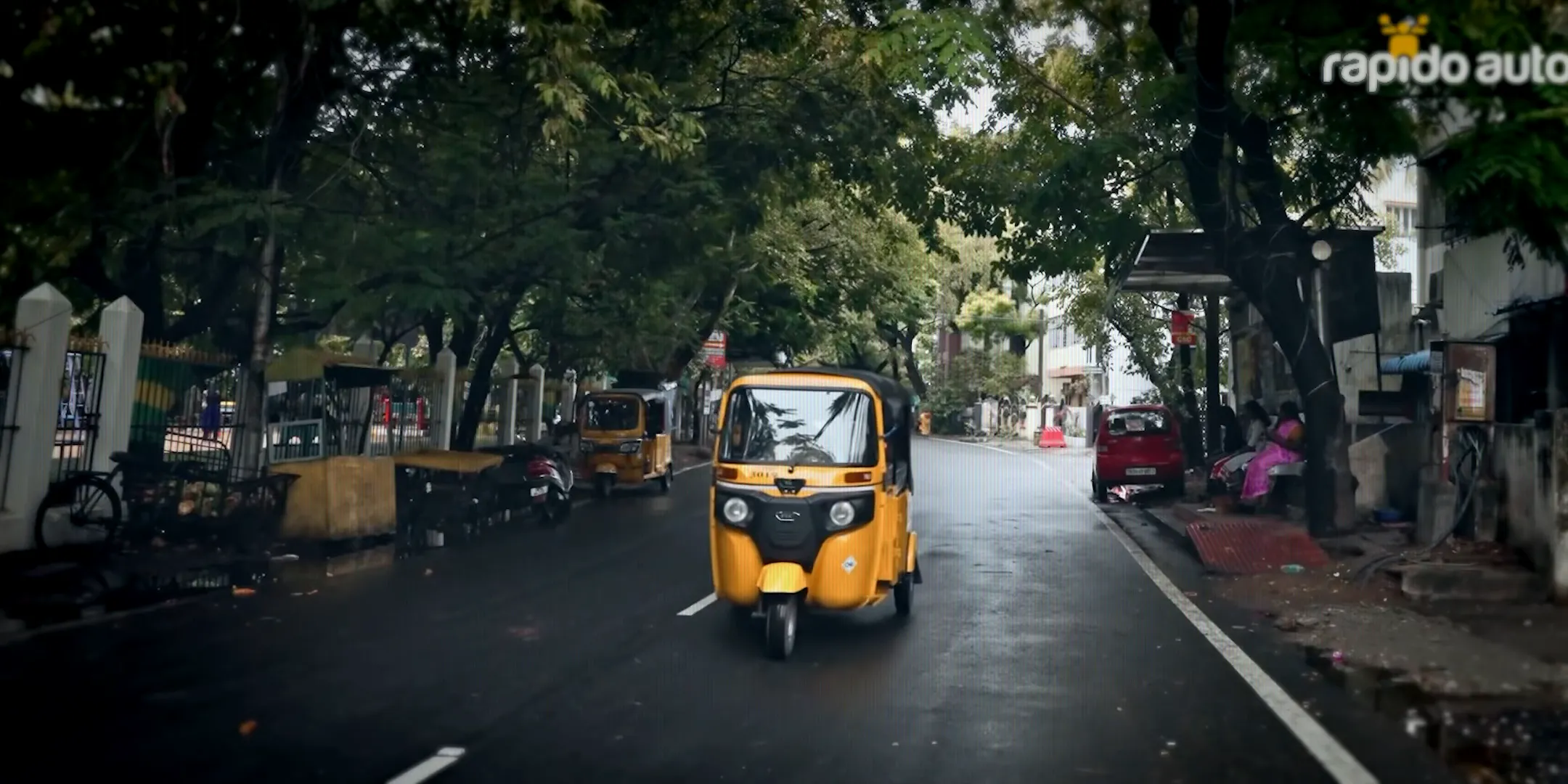
In the competitive landscape of Indian ride-hailing, the emergence of Rapido has sparked a significant discussion around its unique approach compared to giants like Ola and Uber. This blog delves into how Rapido’s innovative strategies are reshaping the ride-hailing sector and what sets it apart in the Ola vs Uber vs Rapido showdown.
Table of Contents
- Building for Drivers
- Expanding to Autos and Cabs
- Challenges
- Future Prospects
- Comparative Analysis: Ola vs Uber vs Rapido
- User Experience and Feedback
- Conclusion
- FAQ
Building for Drivers
Rapido’s success can be attributed not only to its innovative business model but also to its commitment to driver satisfaction. Unlike Ola and Uber, which initially lured drivers with lofty promises and then raised commission fees, Rapido took a different approach. By marketing itself as a side gig opportunity, it attracted individuals looking to supplement their income.
For instance, Rapido aims for its drivers to earn around seventy to seventy-five rupees per hour after expenses. This realistic target allows drivers to make a decent income, especially if they work for eight hours a day, totaling around five hundred to six hundred rupees. This consistent income model appeals to part-time workers, students, and those seeking additional income.

Instant Payments and Driver Relations
Another significant aspect of Rapido’s model is its instant payment system. Unlike its competitors, which pay drivers weekly after collecting fares from customers, Rapido allows drivers to collect payments directly. This system enhances trust and ensures that drivers have immediate access to their earnings, helping them manage daily expenses like fuel and tolls more effectively.
This direct payment model not only builds a positive relationship between Rapido and its drivers but also fosters loyalty. Drivers feel valued and are more likely to stay with the platform, thereby enhancing overall service quality.

Expanding to Autos and Cabs
Having established a solid footing in the bike segment, Rapido strategically expanded into auto-rickshaws and cab services. This move allowed the company to tap into higher ticket sizes and cater to a broader customer base. In the auto segment, Rapido charges between fourteen to sixteen rupees per kilometer, effectively doubling its revenue per user.
The company adopted a zero-commission model for auto drivers, charging a fixed daily fee instead. This innovative approach, borrowed from successful models like Namayatri, has proven effective. As a result, Rapido’s revenue from three-wheelers has surpassed that from its two-wheeler segment.

Entering the Cab Market
In its latest venture, Rapido has ventured into cab services, employing a similar fixed-payment model. Drivers pay a flat fee of five hundred rupees per month, contingent upon reaching a monthly income of ten thousand rupees. This model has already gained traction, with Rapido capturing a significant market share in cities like Hyderabad.
Interestingly, around fifteen percent of the drivers signing up for Rapido cabs are new to the profession, indicating the model’s appeal to individuals who may have previously hesitated to join the ride-hailing industry.

Challenges
Despite its rapid growth and innovative strategies, Rapido faces several challenges that could impact its long-term sustainability. One major concern is driver safety. Recent incidents, such as a viral video showing a driver distracted while operating a bike, have raised alarms about safety standards. As the pioneer in the bike taxi segment, any negative publicity could tarnish Rapido’s reputation and affect the entire sector.
Additionally, the onboarding process for drivers has been criticized for being too lenient. The minimal verification required to become a Rapido captain raises concerns about the quality and safety of drivers. As the company expands its services, ensuring thorough background checks will be crucial to maintaining passenger safety.

Regulatory Challenges
Another critical issue is Rapido’s claims of being a software provider rather than a cab aggregator. This classification allows the company to bypass regional transport licensing requirements. However, this strategy exposes Rapido to potential regulatory risks. Should local authorities decide to enforce stricter regulations, the company could face legal challenges or operational shutdowns.
Finally, the sustainability of Rapido’s subscription-based model raises questions. While it has attracted a significant number of drivers, the fixed revenue per driver limits the company’s ability to scale. As the market matures, Rapido may need to rethink its revenue model to ensure long-term profitability.

The Path Forward
As Rapido continues to innovate and expand, it must navigate these challenges carefully. The company’s focus on driver satisfaction and community building has set it apart in the competitive landscape of Ola vs Uber vs Rapido. However, the road ahead will require strategic adjustments to maintain growth while ensuring safety and compliance.
By prioritizing driver welfare and embracing new opportunities, Rapido can solidify its position as a key player in the evolving ride-hailing market in India.
Future Prospects
As Rapido continues to carve its niche in the ride-hailing market, the future looks promising. The company has demonstrated an ability to adapt and innovate, which is essential in a rapidly changing industry. With plans to expand its services further into tier two and tier three cities, Rapido is well-positioned for sustained growth.
Moreover, the increasing integration of technology in transportation provides opportunities for Rapido to enhance its app features, improve user experience, and attract more drivers. Emphasizing safety, transparency, and driver welfare will be key to maintaining its competitive edge.

Comparative Analysis: Ola vs Uber vs Rapido
The ride-hailing landscape in India is dominated by three main players: Ola, Uber, and Rapido. Each has its unique business model and approach to customer and driver engagement.
Ola
Ola, a pioneer in the Indian ride-hailing market, has created a vast network with multiple vehicle options, including cabs, autos, and bikes. However, its aggressive expansion strategy has led to high operational costs and driver dissatisfaction due to increased commission rates. Ola’s focus on tier one cities has made it a familiar name but has also limited its growth potential in less saturated markets.
Uber
Uber, the global giant, has also been a significant player in India. Its brand recognition and technology-driven approach have helped it maintain a competitive position. However, like Ola, Uber faces challenges regarding profitability and driver retention. The company’s pricing strategy often leads to customer backlash, especially during surge pricing events, which can deter users from choosing their services.
Rapido
In contrast, Rapido has focused on the two-wheeler segment, tapping into the unique needs of the Indian market. By offering a zero-commission model and instant payment systems, Rapido has attracted a loyal base of drivers and customers alike. Its competitive pricing and quicker service have made it a preferred choice in many regions. The company’s expansion into auto and cab services is a strategic move to diversify its offerings and increase revenue streams.
User Experience and Feedback
User experience is a critical component in the ride-hailing industry. Feedback from customers and drivers provides insights into the strengths and weaknesses of each platform.
Customer Feedback
- Ola: Customers appreciate the variety of vehicle options but often express dissatisfaction with ride cancellations and surge pricing.
- Uber: Users value the app’s interface and reliability, but complaints about high fares during peak times are common.
- Rapido: Users frequently highlight the affordability and speed of service. The bike taxi option is especially praised for its efficiency in congested urban areas.
Driver Feedback
- Ola: Drivers have voiced concerns about the high commission rates and delayed payments, which significantly impact their earnings.
- Uber: Similar to Ola, Uber drivers report dissatisfaction with commission structures and the unpredictability of earnings.
- Rapido: Drivers appreciate the instant payment model and the realistic earning potential, making Rapido an attractive option for those seeking part-time work.
Conclusion
The ride-hailing market in India is dynamic, with Ola, Uber, and Rapido each vying for dominance. While Ola and Uber have established themselves as major players, Rapido’s unique approach to the two-wheeler segment has allowed it to thrive.
By prioritizing driver satisfaction and customer experience, Rapido has carved out a niche that challenges the traditional models of its competitors. As it expands its offerings and continues to innovate, Rapido may well become a formidable force in the ride-hailing industry.
FAQ
1. How does Rapido ensure driver satisfaction?
Rapido focuses on realistic earning potential, instant payments, and minimal commission rates, which fosters a positive relationship between the company and its drivers.
2. What are the main differences between Ola, Uber, and Rapido?
Ola and Uber primarily focus on four-wheeler rides, while Rapido specializes in two-wheeler services, offering a unique solution to the Indian market’s needs.
3. Can Rapido compete with Ola and Uber in the long run?
With a solid business model and growing user base, Rapido has the potential to compete effectively, especially as it diversifies its services and expands into new markets.
Serious about Linkedin
Check out this really cool app
